Creating a Switzerland itinerary can be a daunting task, given how many variables are involved in visiting the Land of Chocolate. What time of year do you plan to visit, and how long to spend in Switzerland? Do you want to speed down the slopes of the Swiss Alps, or bathe in private infinity pools at luxury hotels near their peaks? Which language do you want to speak? How much can you afford to spend?
I’ve been to Switzerland nearly a dozen times over the past decade, and while my recommendations aren’t comprehensive (my best friend is Swiss, and we’ve spent at least as much of our time here drinking weisswein as we have exploring the best places to travel in Switzerland), they are carefully curated.
Even if you don’t follow this Switzerland itinerary exactly, it’s an alluring place to start, whether you want to see Switzerland in a week or you have longer.
Practical Matters
When to Visit Switzerland
The best time to travel to Switzerland depends entirely on what you want to do here. If you want to be outside for any reason other than skiing, visit between June-August. Ski season lasts half the year, but the best snow can be found in January and February. Switzerland can be wet year round, but unless you’re prepared to go inside at a moment’s notice, visiting outside of the months I’ve just mentioned can be a risky proposition for your Switzerland vacation itinerary. And how long do you need in Switzerland? Well, continue reading and I’ll address that.
Where to Stay in Switzerland
Switzerland hotels are both uniformly expensive (more on that in a few paragraphs) and uniformly high quality. From boutique-style city properties like Hotel du Théâtre in Zurich or The Bristol in Bern, to simple Ticino albergos like Locarno’s Caffe Bar Pozzo, you’re pretty much guaranteed a clean, safe and well-appointed place to stay whether you pay for luxury or not. Of course, there’s plenty of over-the-top opulence to be found in Switzerland, including Park Hotel Vitznau in the heart of the Swiss Alps. Where to stay in Switzerland isn’t a huge issue because everywhere you find is high quality!
How to Get Around Switzerland
Trains in Switzerland are very, very good, and the Switzerland Travel Pass offered by SBB is a truly amazing deal. However, having been able to travel by car to most of the places I’ve explored in Switzerland, I can attest to the beauty of being able to go where you want, when you want during your best Switzerland itinerary. The majority of Swiss cities and towns are walkable, though even the smallest places tend to have bus systems if you can’t go by foot for whatever reason.
Money, Costs and Communication
Many people search the web for information on budget travel in Switzerland, but this is a ridiculous notion. Even with a free place to stay, I spend at least 50-100 Swiss francs per day; double this amount (at least) if you need accommodation or transportation. Like a few other things in Switzerland that should be expensive, Swiss SIM cards and data plans are relatively affordable, though Wi-Fi is prevalent enough that you won’t die without one.
Places to Visit in Switzerland
Zurich and vicinity
I imagine that many a Switzerland itinerary will begin in (or around) Zurich—and not just because mine always do. The proverbial “downtown Switzerland,” Zurich as convenient as it is cosmopolitan, and makes as great a base for day trips as it does a destination in and of itself.
City attractions like the Fraumunster and Grossmunster churches make lists of where to travel in Switzerland, even for travelers who don’t explicit plan to visit the city, while nearby towns like Baden and Dietikon make for compelling excursions. Baden, crowned by medieval Stein Castle, had been populated since Roman times; Dietikon is where you find the surrealistic Bruno Weber Park, one of the most interesting places in this Switzerland itinerary blog.
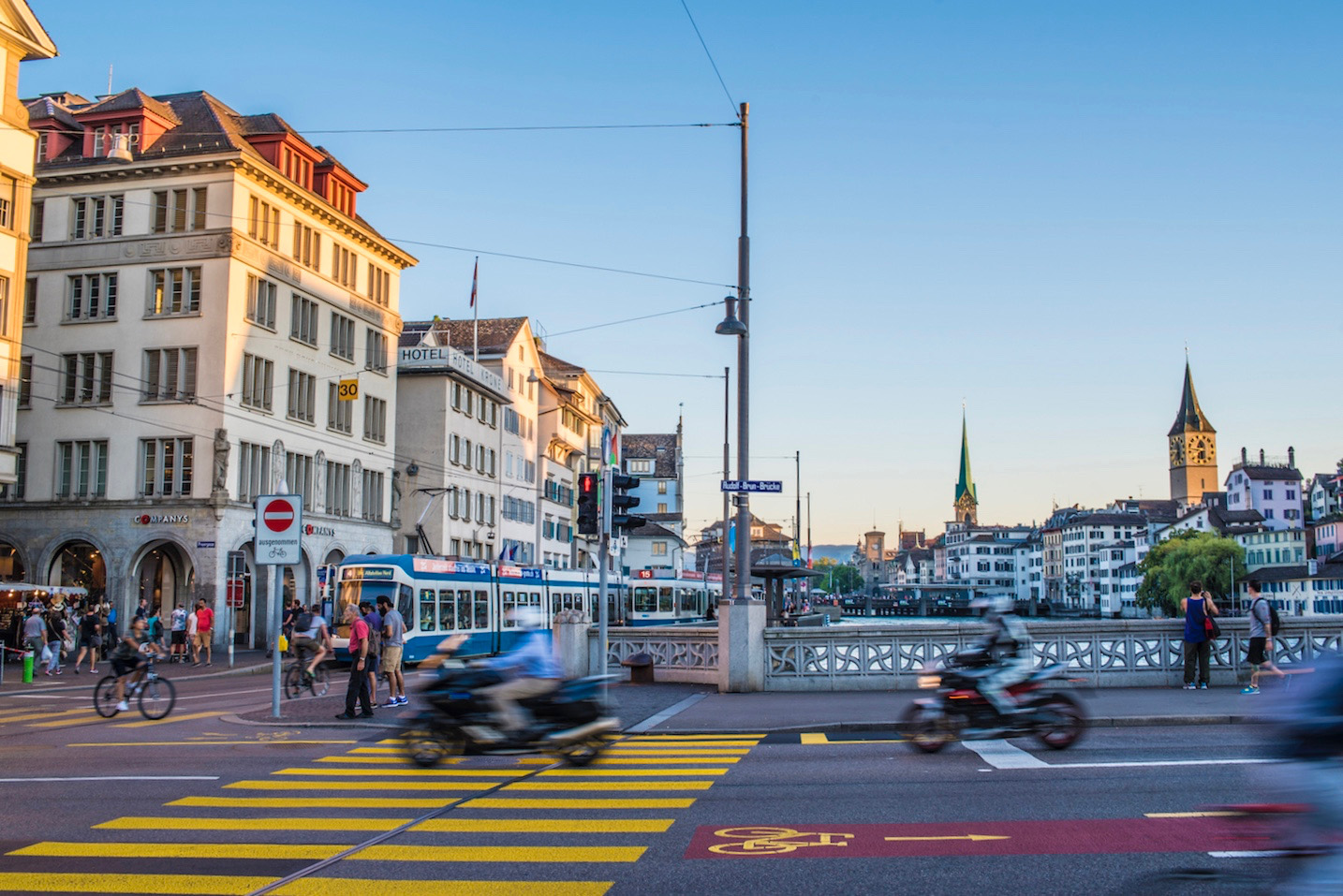
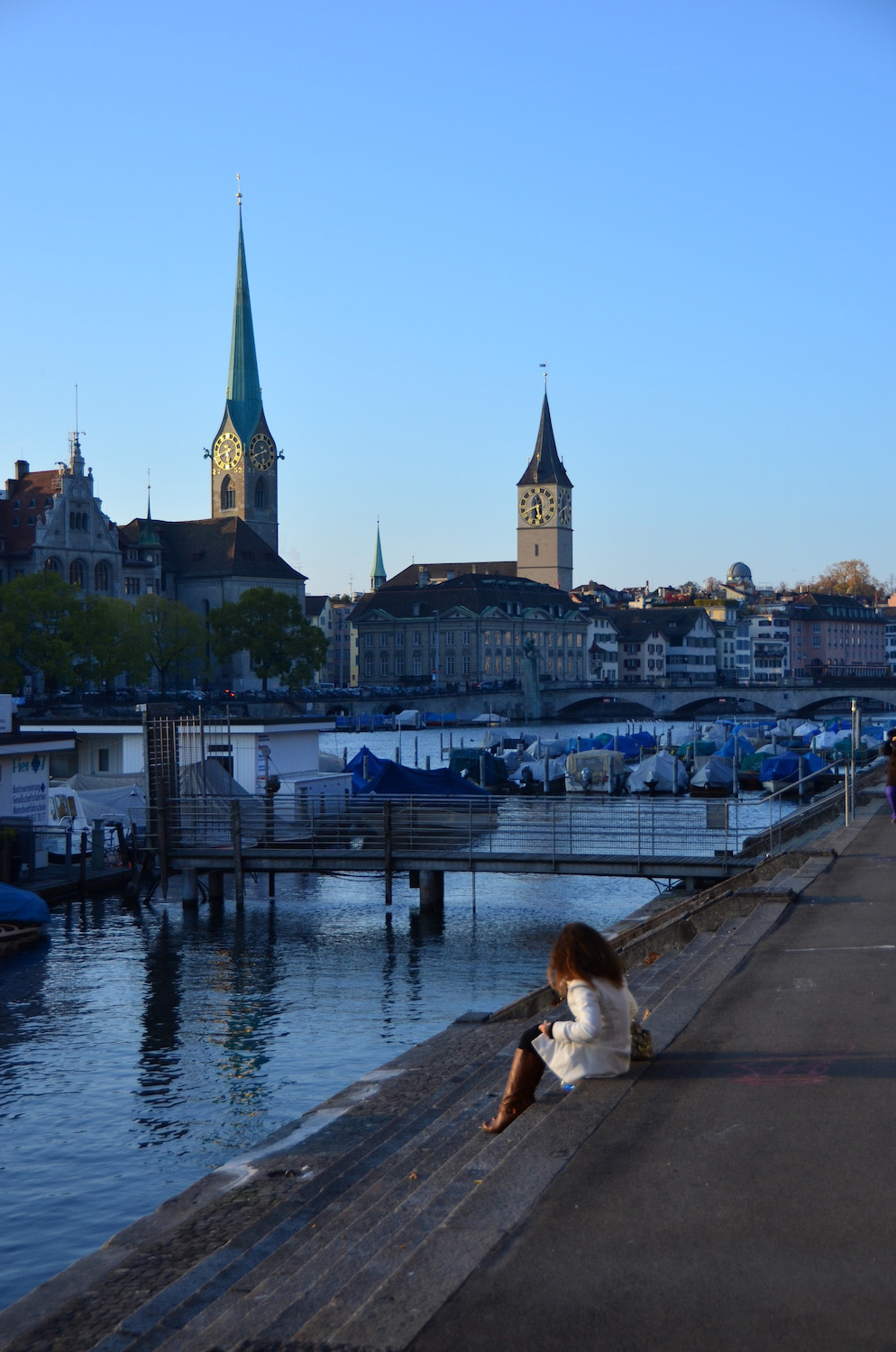
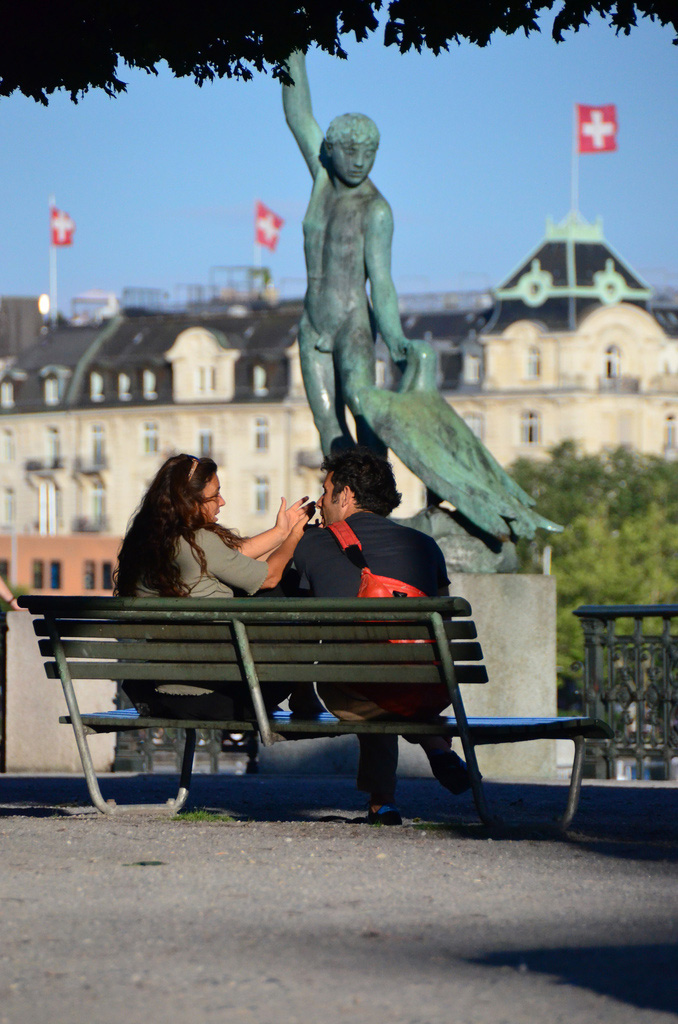

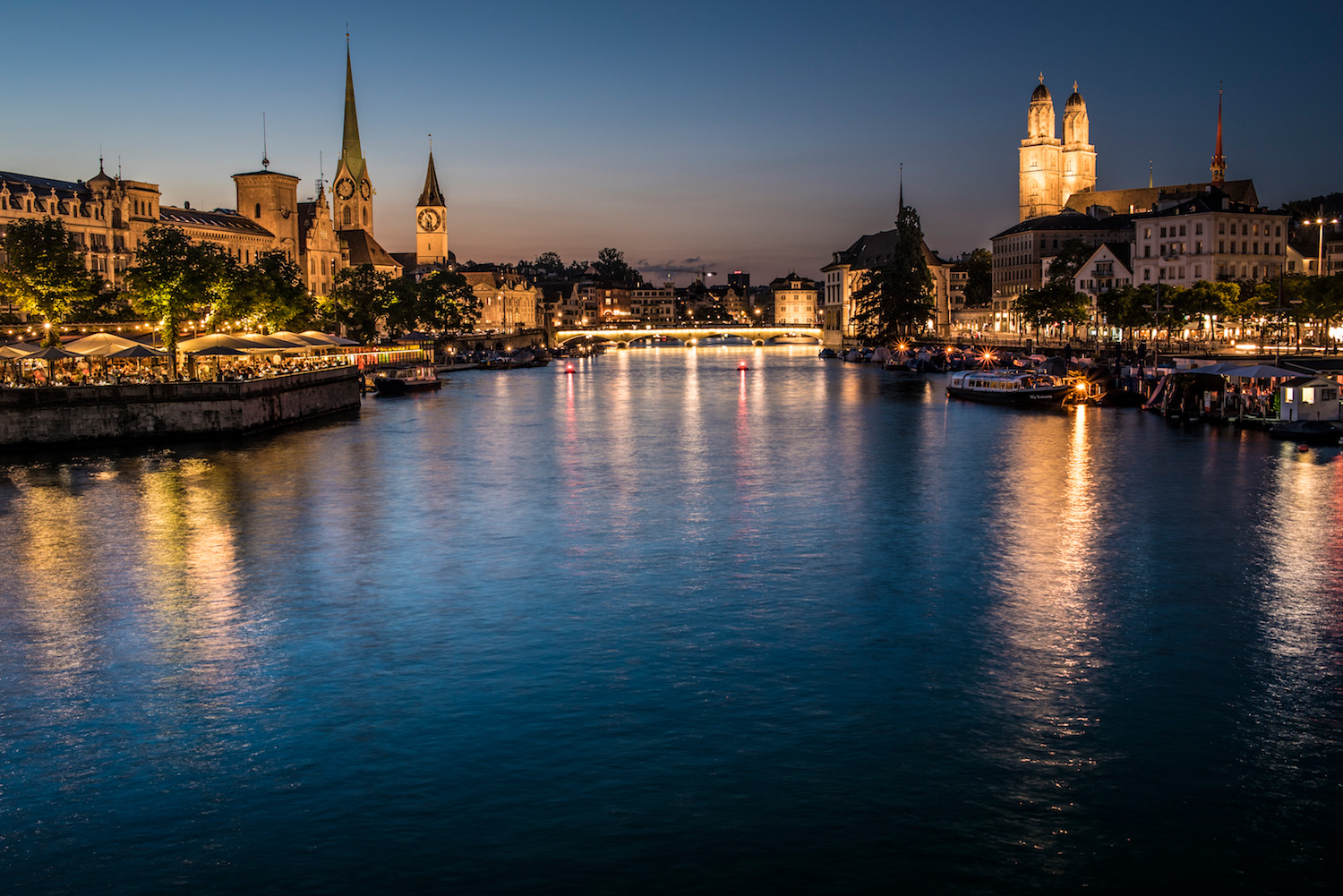
Another one of my tips for this Switzerland travel itinerary is to enjoy nature whenever and wherever you can. This could be within Zurich’s city limits, whether you have a glass of wine along the Limmat, or another type of refreshment along the shores of Lake Zurich. Zurich is also an easy afternoon trip to Rheinfall, the largest waterfall in Europe.
If you plan to do more than layover at Kloten Airport, make sure to check out the Zurich itinerary I’ve recently updated.
The Swiss Alps
Choosing the best places in the Swiss Alps is a surprisingly difficult task, whether you select a specific region (like Bern or Lucerne, for example) or decide on a whim. Bianca’s family has always been partial to places near Zurich, such as Melchsee-Frutt, Engelberg and Appenzell, though many travelers head immediately to famous mountain regions, most notably the Matterhorn (and nearby Zermatt).
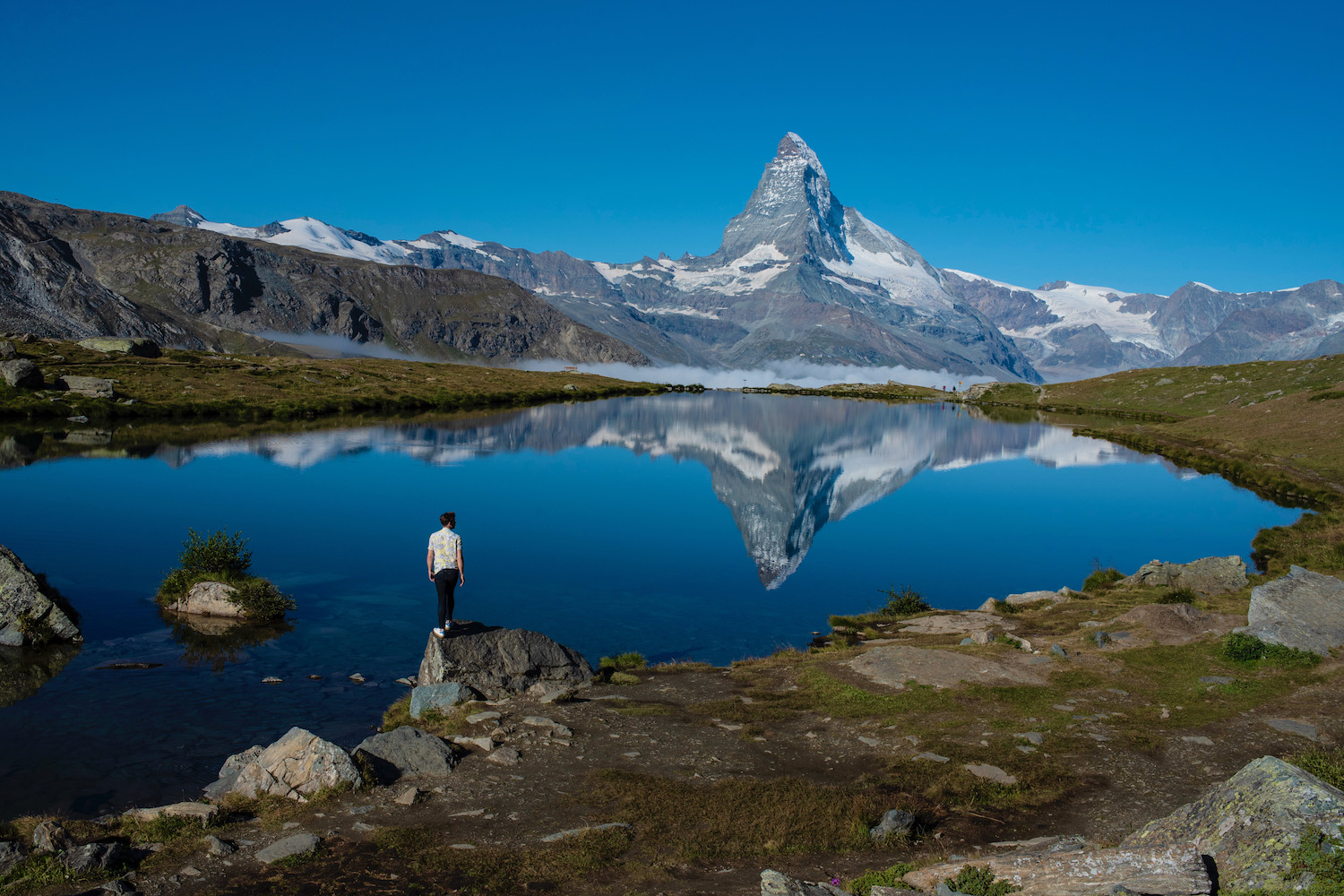
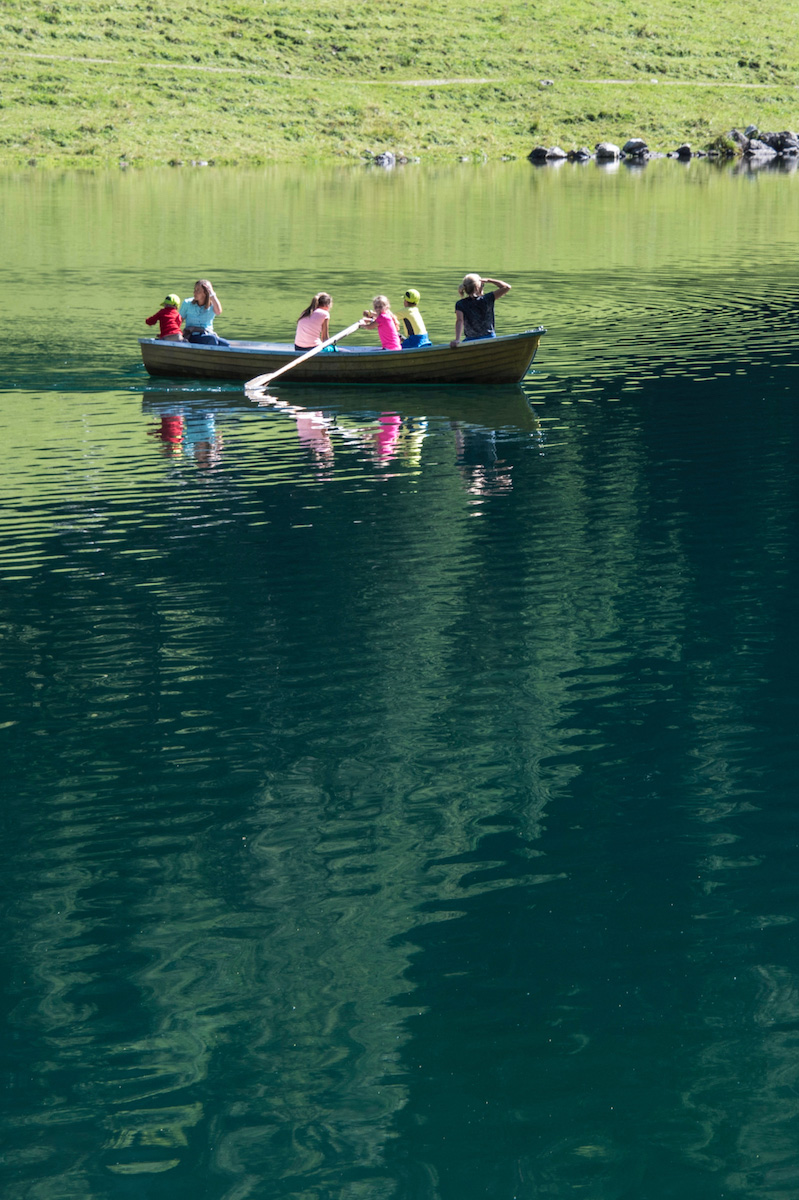

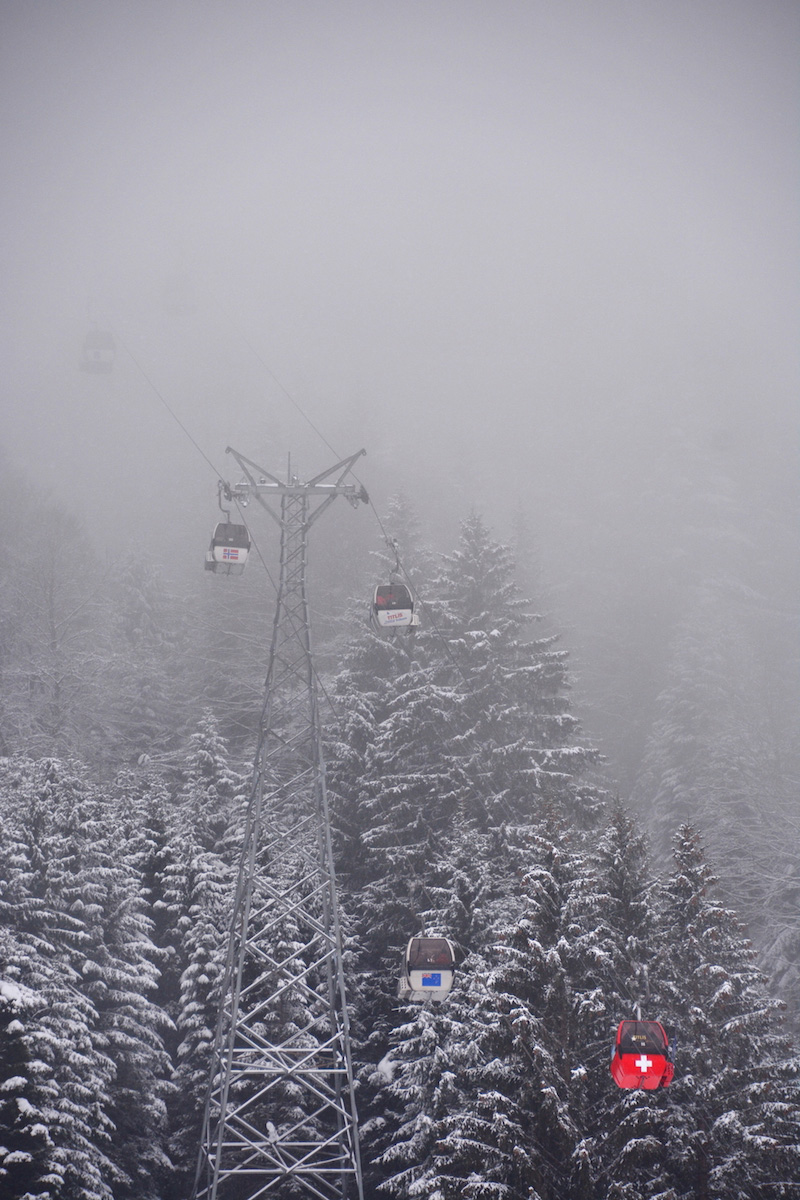
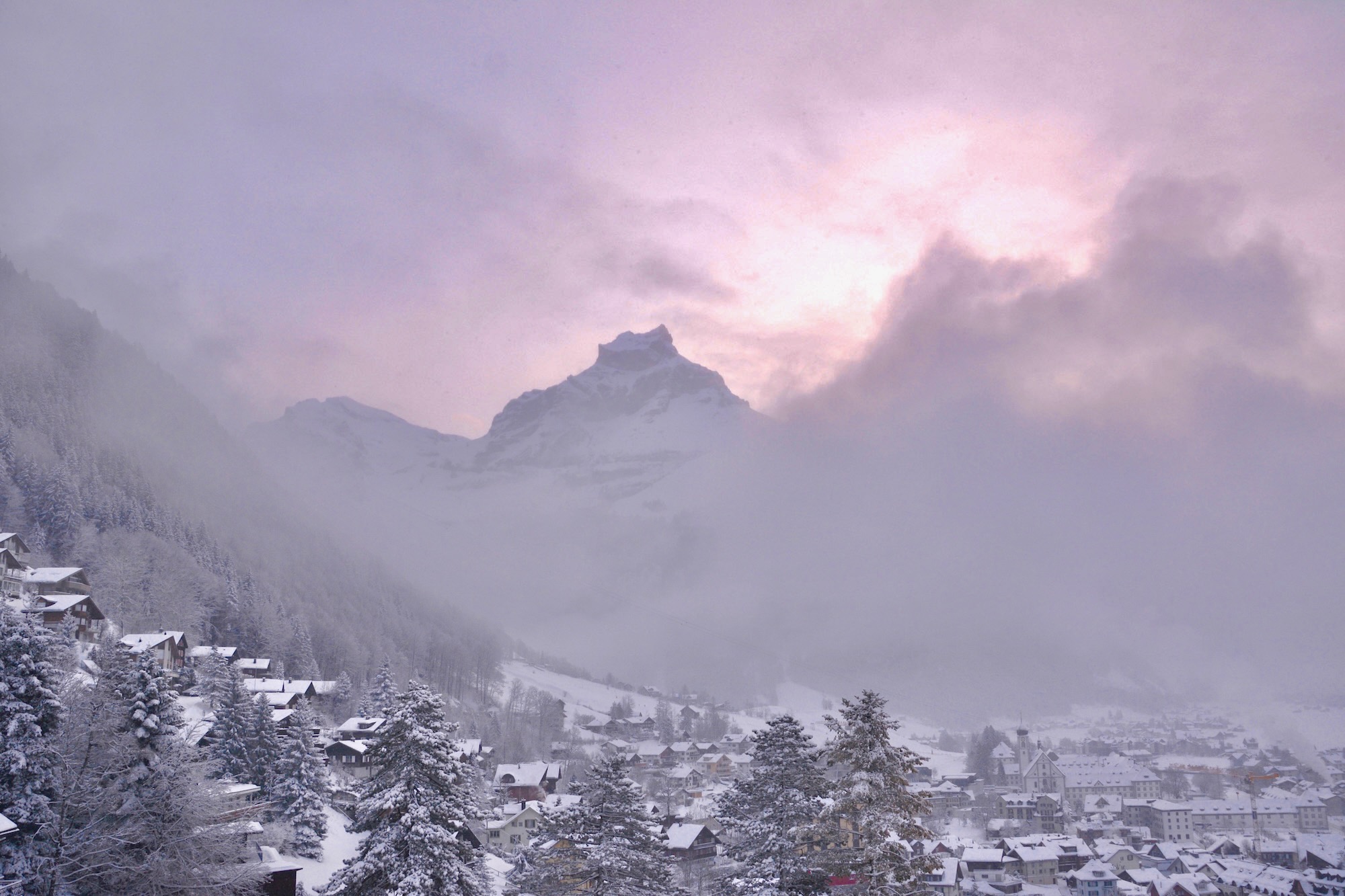
Whether or not you head to St. Moritz and ride the Glacier Express from there to Zermatt, do check out my tips about how to see the Matterhorn. Switzerland’s most famous mountain is beautiful from any angle, but especially these ones!
Ticino
If your Switzerland travel plan doesn’t include the Italian-speaking canton of Ticino, do what you can to change it. It took me nearly 10 years to make it to the place I now affectionately call the “Swiss Riviera,” though in some ways this is a good thing—it’s definitely more a 30-something destination than a 20-something one.
Ticino is easier to explore if you travel in Switzerland by car; getting from Locarno to the adjacent Valle Verzasca takes significantly longer by bus than it does if you self-drive. On the other hand, Ticinise cities like Lugano are well-connected to the rest of Switzerland (and to Italy) by train; buses, boats and local trains are perfectly fine options for your Switzerland trip itinerary as well.
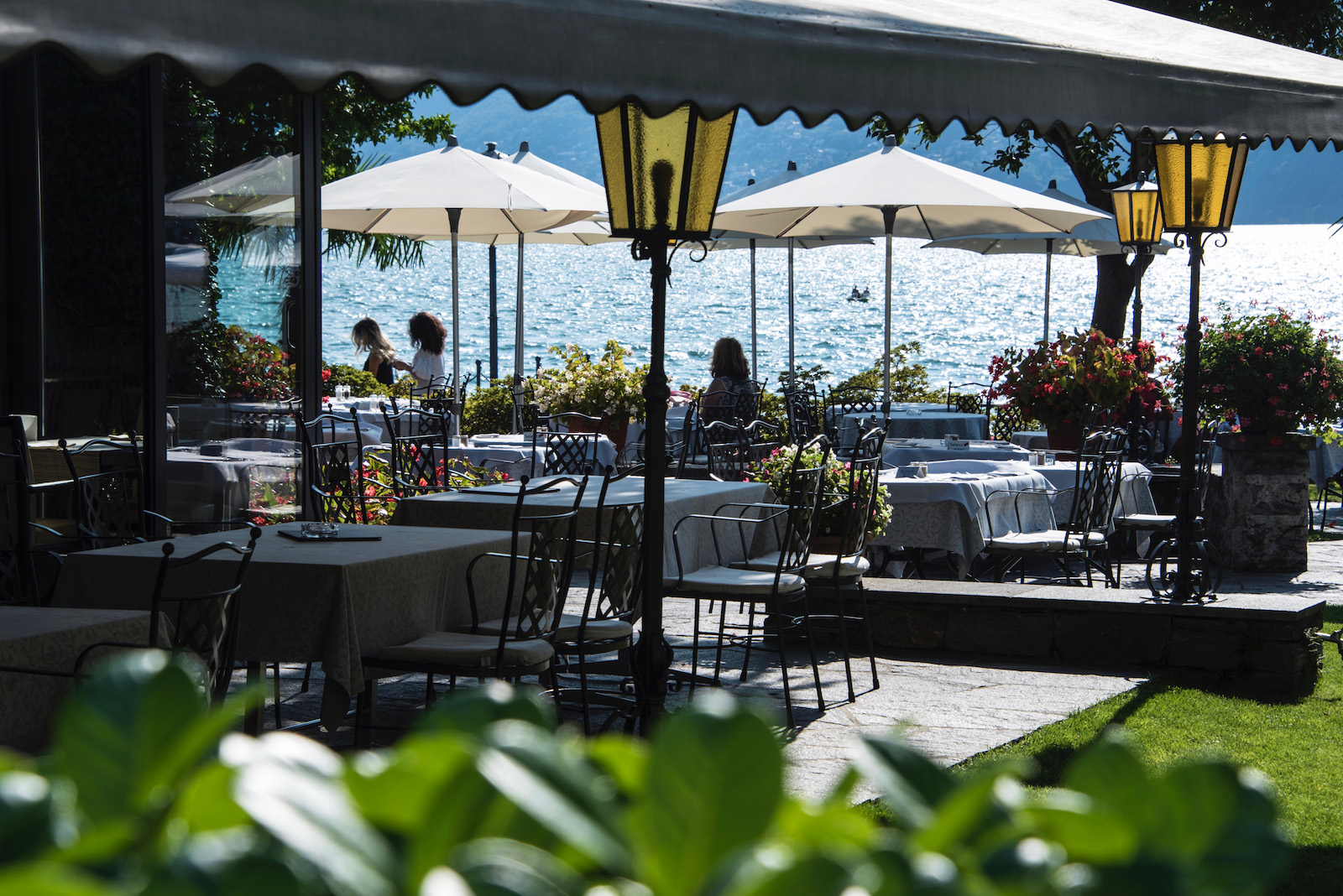

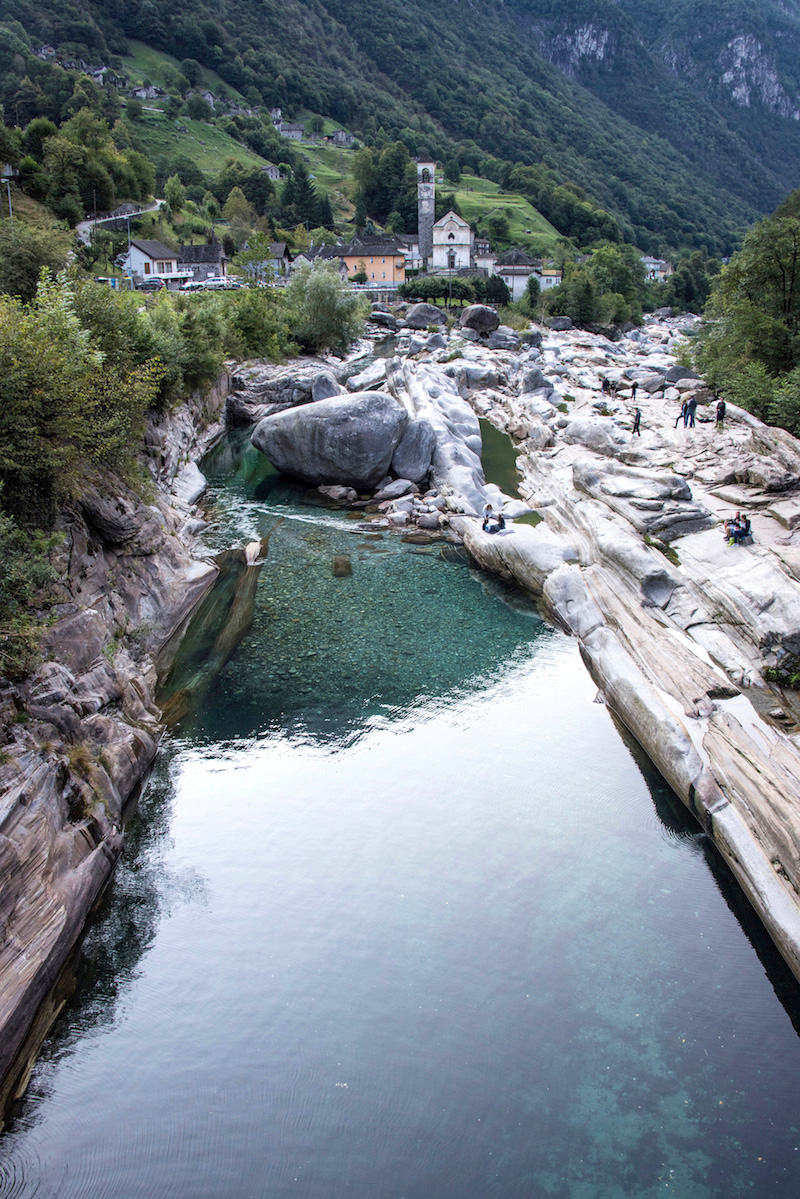
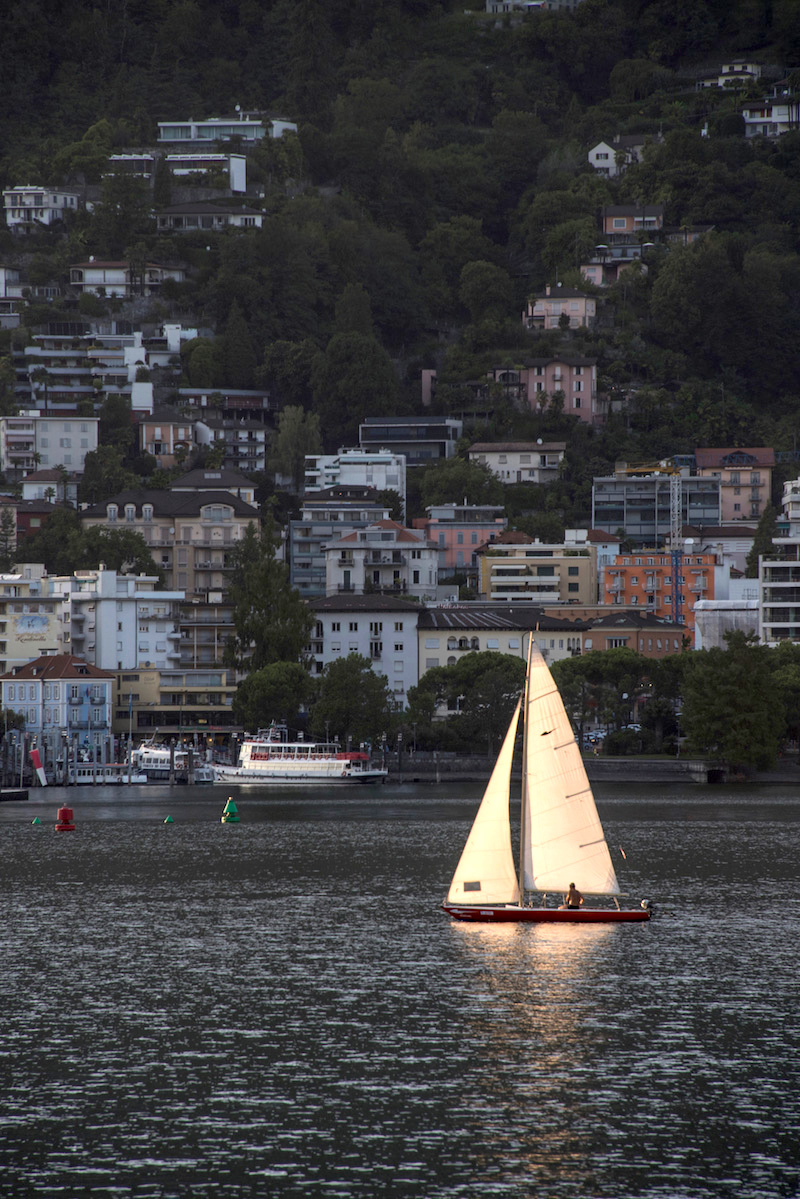
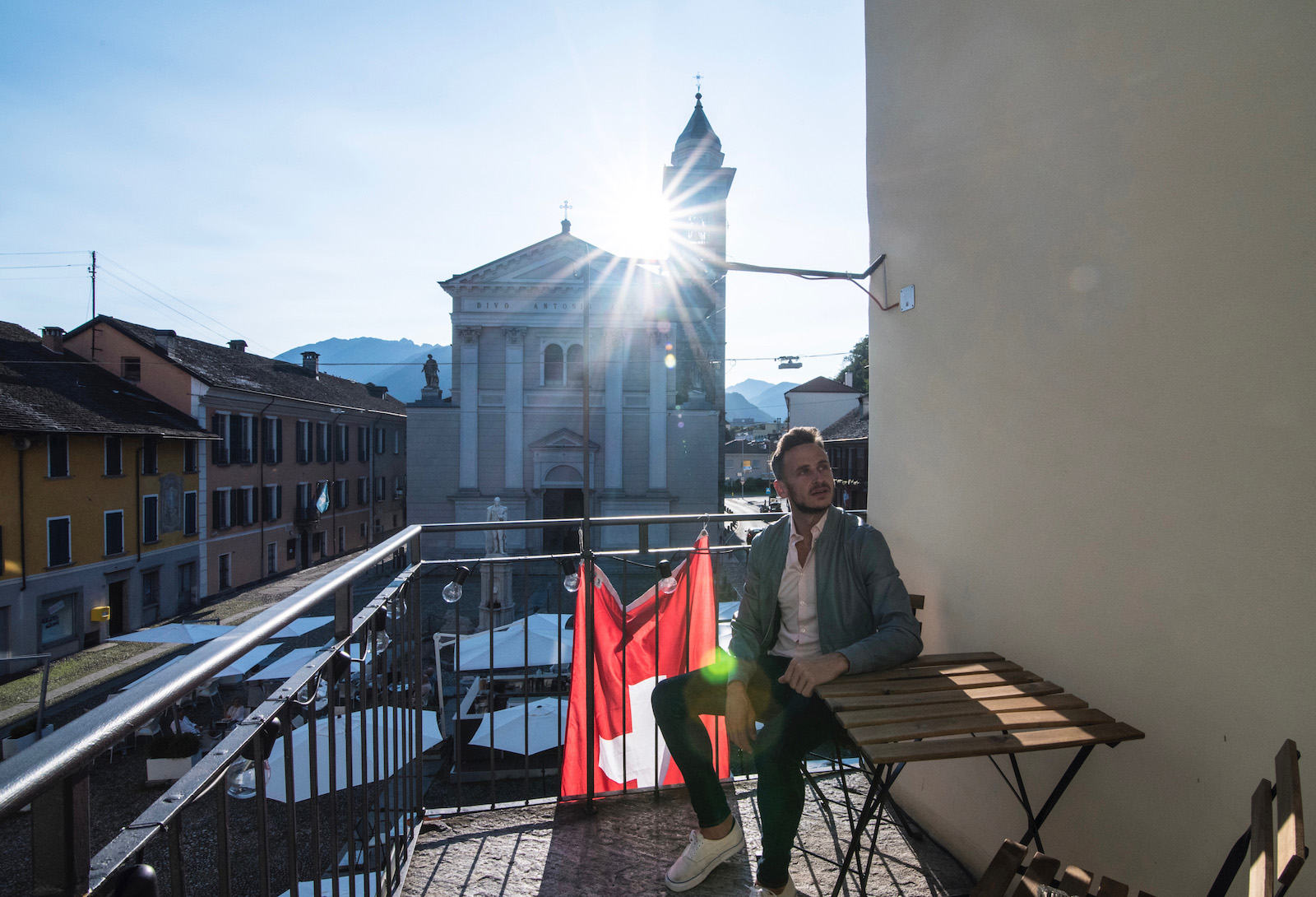
If you embark on a Switzerland summer itinerary like I did, hotels (and ones in smaller cities like Ascona) can be hard to come by, which means that it’s better to organize your trip around a base in Locarno or Lugano. I also wouldn’t recommend going out of your way to explore everywhere around the shores of Lago Maggiore, since the pace of life here is definitely better for chilling than it is for intrepid expeditions.
Geneva
Is Geneva worth visiting? For many years, I didn’t think so, primarily because of my Zurich-born best friend and her understandable bias. However, I have to admit that Geneva (once I finally got around to visiting, this is) won me over. It isn’t an exciting city, but attractions like the Old Town and La Jonction (where two rivers meet, but their waters stay separated) were just quirky enough to be charming, at least for a couple of days.
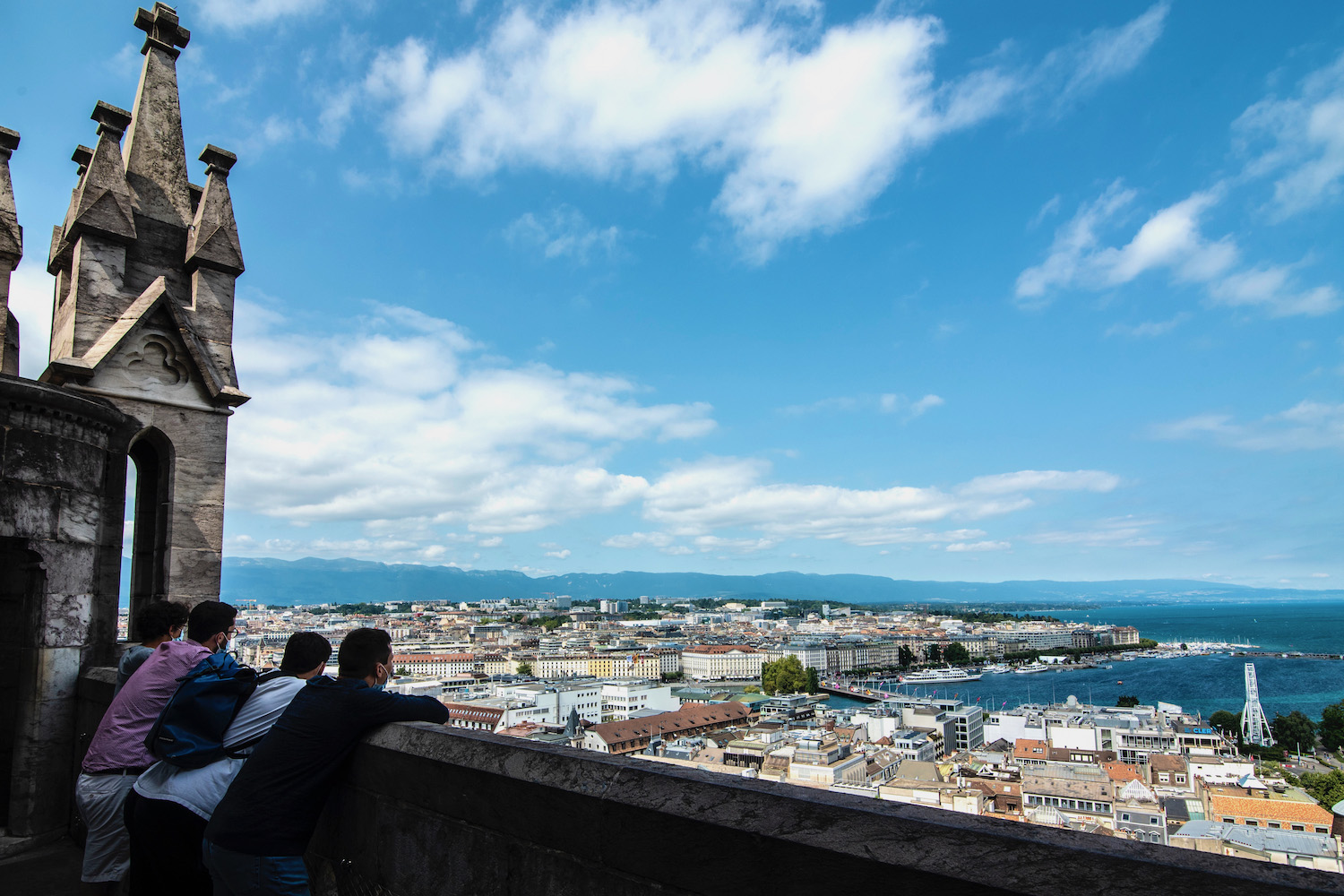

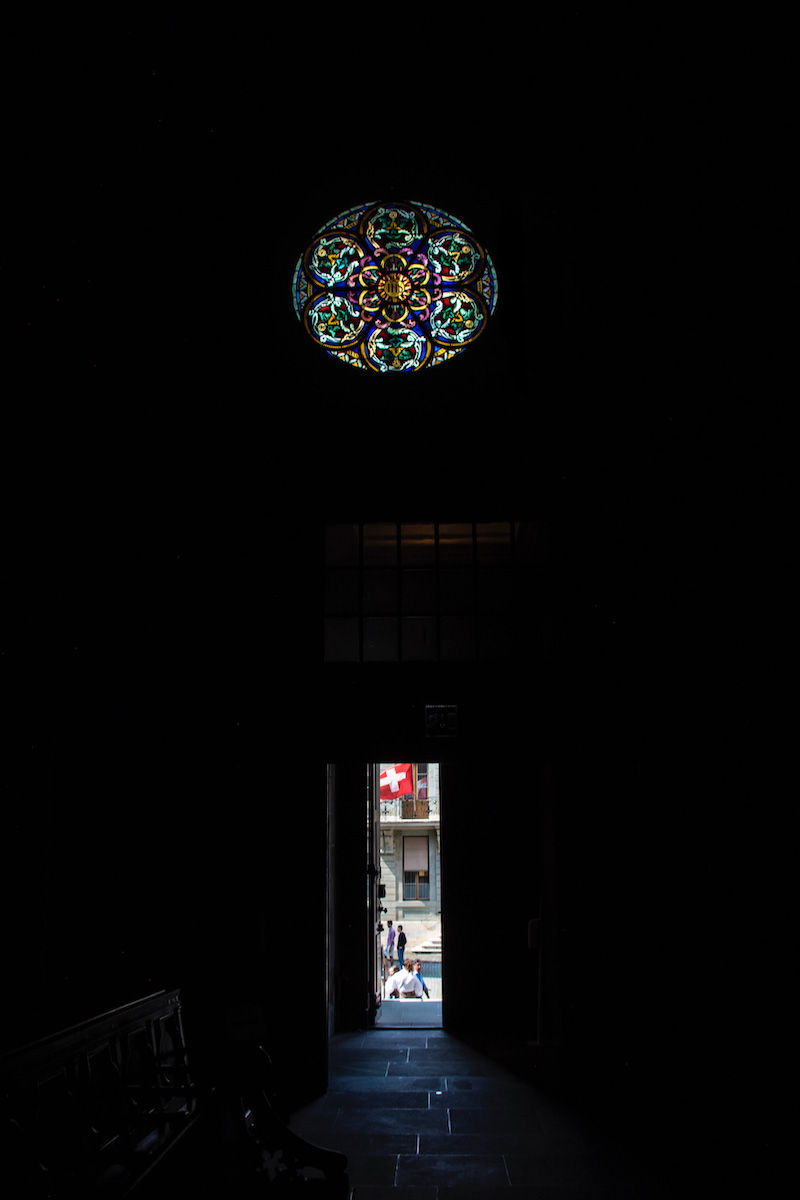
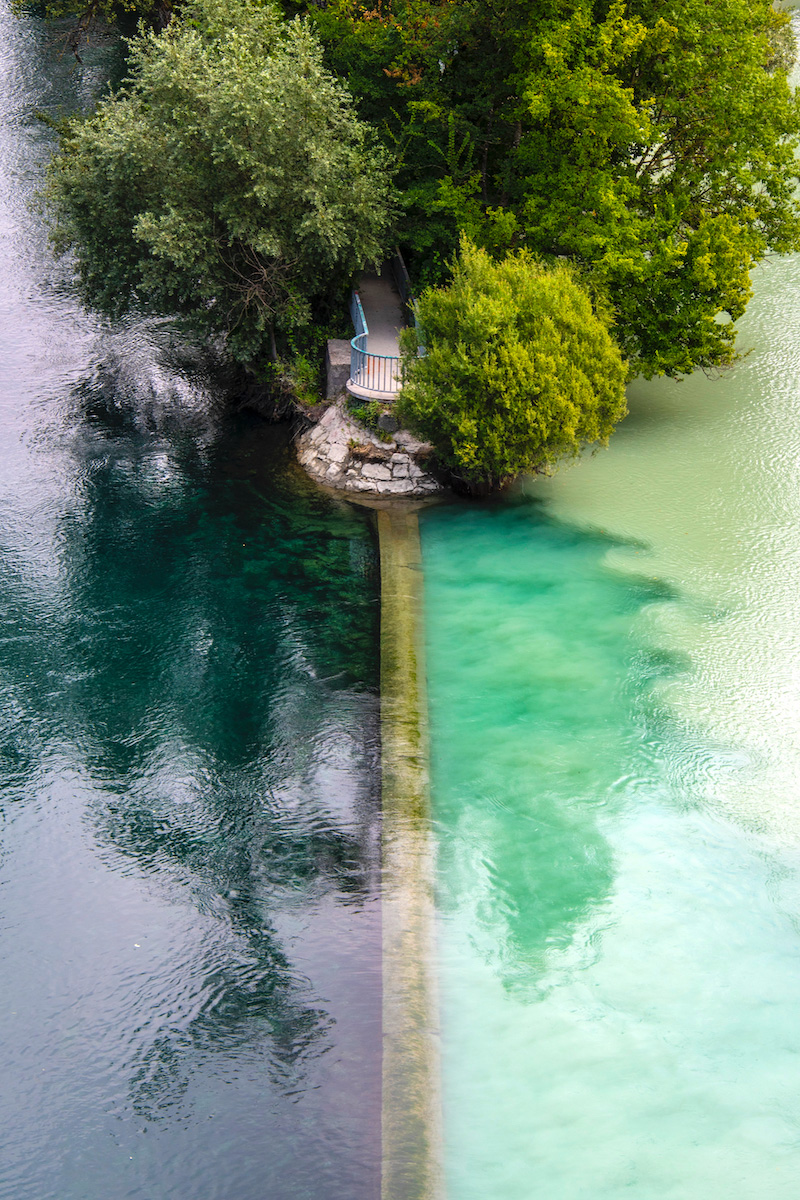

Geneva is also the gateway to French-speaking Switzerland, whether that’s smaller cities like Lausanne and Montreux, the ski resort of Verbier, picturesque Chillon Castle or any other number of attractions. It’s also easy to take a day trip from Geneva to the French city of Annecy, or indeed to ride the TGV Lyria from Geneva to Paris or other destinations in France.
TIP: If you’re interested in comparing Switzerland’s two largest cities, check out my new article that debates the merits of visiting Zurich vs. Geneva!
How Long to Spend in Switzerland
Although I’ve taken my dozen or so trips to Switzerland over more than a decade, I’d say you can see everywhere I’ve listed in this itinerary—The Swiss Alps, Ticino and the Zurich and Geneva vicinities—with about two weeks in Switzerland, give or take. This allows you a week to explore the best of the the Alps, plus 2-3 days each in Zurich, Geneva and Ticino.
None of which is to say your Switzerland itinerary has to last that long. Indeed, with a week in Switzerland (and a commitment to rise early and stay up late), you can cover a lot of ground. Enter the country in Zurich and take a day trip to Baden or Rheinfall, then travel southward to Zermatt, either via Luzern, Bern or St. Moritz and the Glacier Express. Head from here either to Geneva and Lac Leman, or to Ticino and eventually, down into Italy.
Other FAQ About Planning the Best Switzerland Itinerary
How many days is enough for Switzerland?
Although you would ideally spend at least two weeks in Switzerland, one week is enough for an introduction to the country. This allows you to see the Swiss Alps, plus spend at least one night each in the Zurich area, and in either Geneva or the Italian-speaking Ticino region. The topic of how many days to spend in Switzerland, of course, is up to your discretion.
What is the best month to go to Switzerland?
Switzerland is a 365-day per year destination. With this being said, I’m especially partial to the hot summer months of July and August and February, which is deep enough in winter that snowfall is practically guaranteed.
How long does it take to tour Switzerland?
If you want to take a truly comprehensive tour around Switzerland, you will need to spend a minimum of two weeks in the country. This allows you 2-3 days each in the Zurich and Geneva regions, and week in the Swiss Alps and the opportunity to explore Ticino, a canton of Switzerland that looks and sounds (they speak Italian!) like Italy.
The Bottom Line
This Switzerland itinerary isn’t comprehensive, but I have curated it with great care. No matter where you base yourself, which season you come, how many days you spend in Switzerland or what sort of experiences you crave, this is an excellent starting point. From cosmopolitan Zurich to simple villages in the Swiss Alps, and from the freezing depths of winter at ski resorts to scorching summer days along the “Swiss Riviera” in the Italian-speaking canton of Ticino, a trip to Switzerland comes with but one certainty: You’ll be back in the future, so focus mainly on living in the present. Still unsure how long to spend in Switzerland? Consider hiring me as your Travel Coach!







